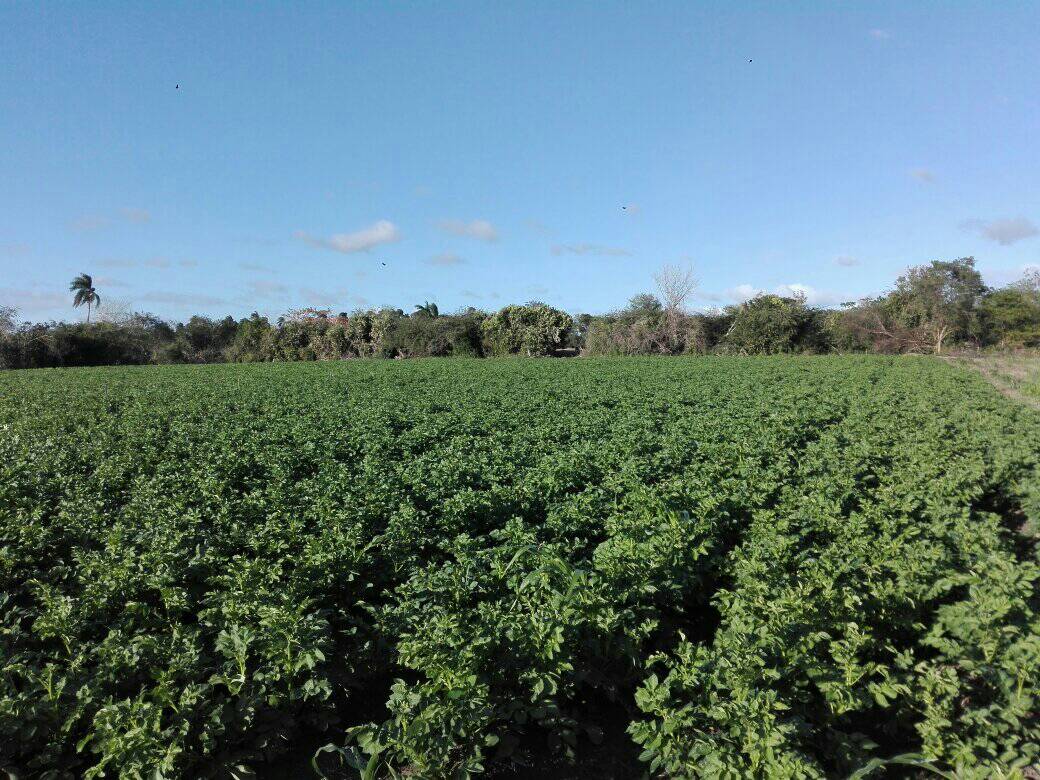
During the cold season (September-February) in Las Tunas, about seven hectares (ha) of potatoes were planted in ecological conditions, figures that show an increase about the same period last year.
The tubers were planted in the municipalities of Puerto Padre and Jesús Menéndez, in the north of the province, where they will be harvested during the current month, with an estimated productivity of around 10 tons (t) per ha.
Luis Oro Torres, head of the department of various crops at the provincial delegation of the Ministry of Agriculture, told the Cuban News Agency in an exclusive interview that, although the plan was initially for eight hectares, the conditions of the seeds from the western region were not optimal and there were delays in preparing the land.
 The weeks of waiting for sowing, with the raw materials already in the soil, led to the loss of important volumes due to the rains; however, the four producers in charge of planting did an admirable job, Oro Torres added.
The weeks of waiting for sowing, with the raw materials already in the soil, led to the loss of important volumes due to the rains; however, the four producers in charge of planting did an admirable job, Oro Torres added.
In the East, said the specialist, the climatic conditions are less favorable for these ecological practices due to the high temperatures, especially due to the attack of pests such as the Alternaria solani fungus, also known as early blight.
Although the harvests will be destined for commercialization in the communities of the territories where they are located, part of them will also be provided to entities with a direct impact on society, through schools and hospitals.
Until 2005, potatoes were grown extensively in Las Tunas in the eight municipalities, and the province's results were historic in 1995 when it was recognized as the flagship of these plantations with yields of over 15 tons per hectare.
In the last few calendars and in an attempt to rescue a production that is in great demand on the table of the Tuna farmers, the province has been looking for economic and efficient alternatives to increase the levels of sowing, as well as to improve the quality and productivity in future seasons and, therefore, the profitability of the crop.